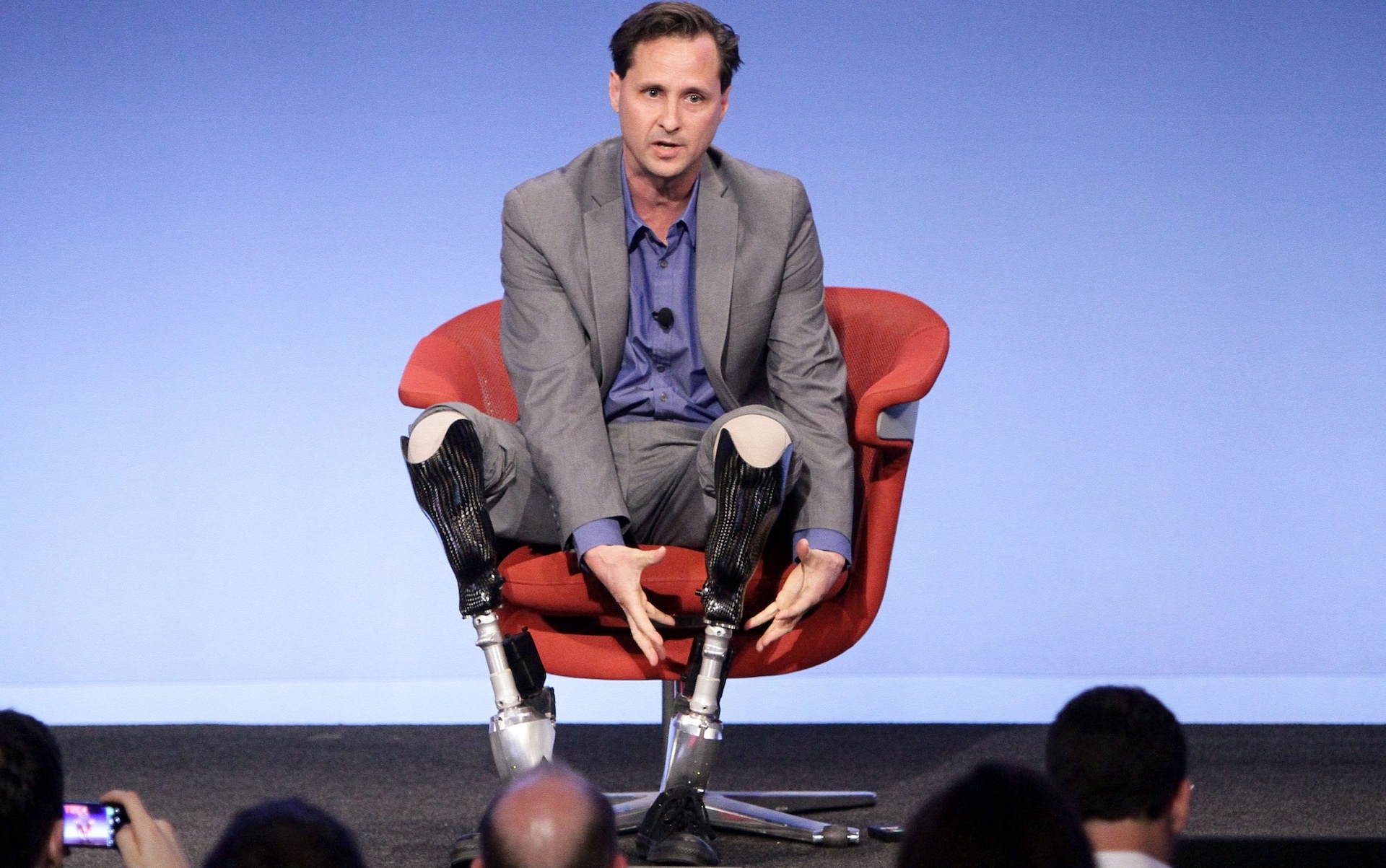
1.8 BILLION PEOPLE RISK ILL-HEALTH WITH LACK OF EXERCISE, BUT IT’S NEVER TOO LATE TO START
- Many people don't exercise enough, a WHO study finds, while a Sino-US study shows getting active even late in life could see you live to 100
Almost 1.8 billion adults are at risk of diseases such as cancer, stroke, dementia and diabetes because of a lack of exercise - and the situation is getting worse, according to a report.
The new study from World Health Organization (WHO) researchers plus academics found physical inactivity globally rose by about five percentage points between 2010 and 2022. Overall, nearly a third of adults, 31 per cent, around the world do not exercise enough, up from 23 per cent - 900 million people - in 2000, and 26 per cent in 2010.
If current trends continue, experts predict that by 2030, some 35 per cent of people will not be doing enough exercise.
Do you have questions about the biggest topics and trends from around the world? Get the answers with SCMP Knowledge, our new platform of curated content with explainers, FAQs, analyses and infographics brought to you by our award-winning team.
Research shows that a lack of exercise increases the risk of heart disease, strokes, type 2 diabetes, dementia and cancers such as those of the breast and bowel.
When it comes to gender differences, it seems women are consistently less likely to exercise than men, with inactivity rates of 34 per cent compared to 29 per cent.
The new study, published in The Lancet Global Health journal, warned that the world isn't meeting a global target to reduce physical inactivity by 2030.
"These new findings highlight a lost opportunity to reduce cancer, heart disease and improve mental well-being through increased physical activity," WHO director general Dr Tedros Adhanom Ghebreyesus said.
"We must renew our commitment to increasing levels of physical activity and prioritise bold action, including strengthened policies and increased funding, to reverse this worrying trend," he said.
WHO recommends that adults undertake 150 minutes of moderate intensity, or 75 minutes of vigorous intensity physical activity, every week.
Examples of moderate activity include very brisk walking, heavy cleaning such as washing windows or mopping, cycling at slow speeds, or badminton. Vigorous activity examples are hiking, jogging, shovelling, fast cycling, a football game, basketball or tennis.
The WHO defines insufficient physical activity as not meeting these weekly exercise guidelines.
The new study, which included data and estimates for 163 countries and territories, found people over 60 are less active than those who are younger.
And although high-income Western countries appear to be slowly reducing rates of inactivity, to 28 per cent of people in 2022, they are still off track.
The World Health Assembly has set a global target - widely expected to be missed - of a 15 per cent reduction in insufficient physical activity between 2010 and 2030.
"Physical inactivity is a silent threat to global health, contributing significantly to the burden of chronic diseases," says Dr Rudiger Krech, director of health promotion at WHO.
"By making physical activity accessible, affordable, and enjoyable for all, we can significantly reduce the risk of non-communicable diseases and create a population that is healthier and more productive."
Dr Panagiota Mitrou, director of research, policy and innovation at the World Cancer Research Fund, said: "This timely report is a wake-up call to the world that more needs to be done to encourage people to be more active.
"Governments must recognise that being physically active is incredibly important for our mental and physical health, including protecting against several cancers and supporting people to be a healthy weight, which in turn reduces the risk of 13 cancer types."
Never too late to start getting fit
Meanwhile, no one is too old to take up regular exercise and adopt other healthy habits, say a team of doctors and scientists in China and the United States. They found that late-life health kicks can increase a person's chances of reaching the age of 100 or more.
"Adhering to a healthy lifestyle appears to be important even at late ages," the researchers said, after assessing Chinese health survey data.
The American Medical Association published the assessment of over 5,000 elderly Chinese people, most of them older than 80 and including over 1,500 who made it to their 100th birthday.
The study indicates that "constructing strategic plans to improve lifestyle behaviours among all older adults may play a key role in promoting healthy ageing and longevity", according to the team which carried out the research, as most similar studies have been focused on people in their sixties.
The information provided was self-reported by the people surveyed and took in factors such as alcohol intake, diet, exercise, smoking and weight.
The team warned that they could not properly account for the effect of "socioeconomic status, such as household income and occupation", which elsewhere have been shown to affect health and longevity.
Like what you read? Follow SCMP Lifestyle on Facebook, Twitter and Instagram. You can also sign up for our eNewsletter here.
More Articles from SCMP
Let’s shape Hong Kong’s future by drawing strength from our history
Hong Kong rescuers escort 17 people ashore after canoe nearly capsizes off Lamma Island
Making a Ferrari of HK Phil, and Mozart: music director Jaap van Zweden’s parting thoughts
How interior designers make micro-apartments in Hong Kong feel bigger than they are
This article originally appeared on the South China Morning Post (www.scmp.com), the leading news media reporting on China and Asia.
Copyright (c) 2024. South China Morning Post Publishers Ltd. All rights reserved.
2024-06-30T09:28:14Z dg43tfdfdgfd











